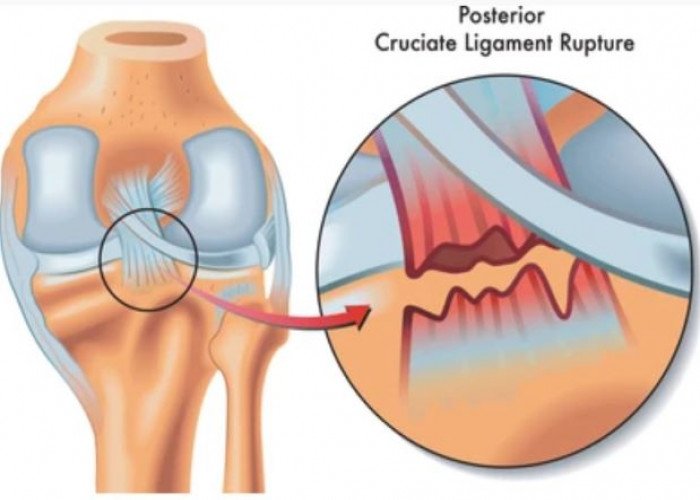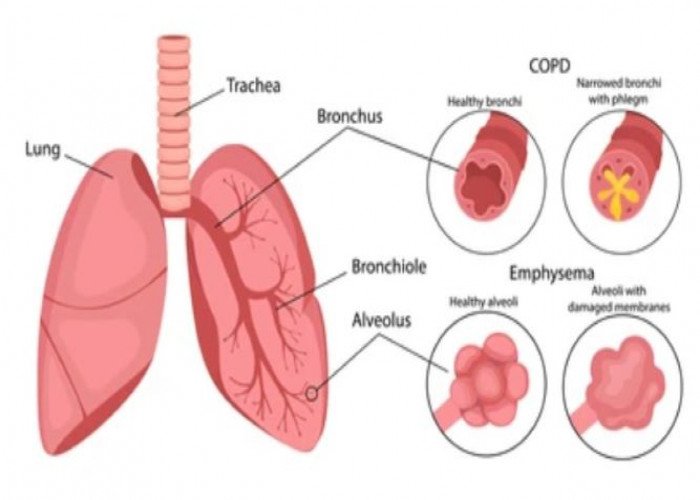 Welcome
Welcome
“May all be happy, may all be healed, may all be at peace and may no one ever suffer."
Jaw - Diseases
The jaw, also known as the mandible, is the bone that forms the lower part of the face and is responsible for chewing, biting, and speaking. It is the largest and strongest bone in the face and is connected to the skull by the temporomandibular joint (TMJ).
The jawbone consists of a U-shaped body and two vertical rami (branches) that extend upward on each side of the face. The body of the jawbone houses the lower teeth and supports the muscles of the face and neck. The rami of the jawbone contain the sockets that hold the lower teeth and provide attachment points for the muscles that control jaw movement.
The jawbone is also involved in the process of digestion. When food is chewed, the jawbone moves up and down, grinding the food into smaller pieces that can be swallowed and digested more easily.
Various medical conditions can affect the jaw, including temporomandibular joint disorder (TMJ), jaw fractures, and oral cancers. Treatment for these conditions may include medication, physical therapy, or surgery, depending on the severity of the condition and the individual's circumstances.
Good oral hygiene practices, such as regular brushing and flossing, can help maintain the health of the jaw and prevent dental problems that can lead to jaw pain and other complications. It is also important to seek medical attention if you experience persistent jaw pain or difficulty chewing or speaking.

Ligaments

Bladder

Memory

Choroid plexus Ventricular system

Diencephalon Brain

Bronchi

Pituitary gland

Skin
Jaw, TMJ, TMD, Lockjaw, চোয়াল
To be happy, beautiful, healthy, wealthy, hale and long-lived stay with DM3S.



